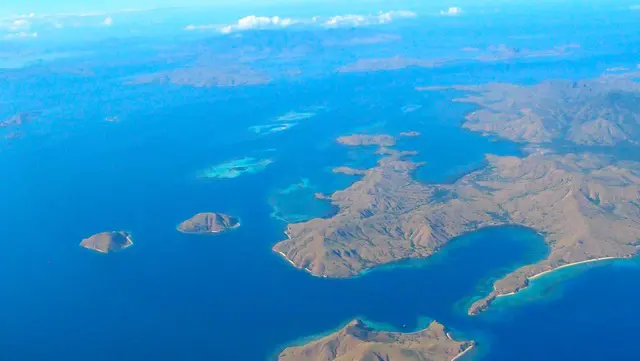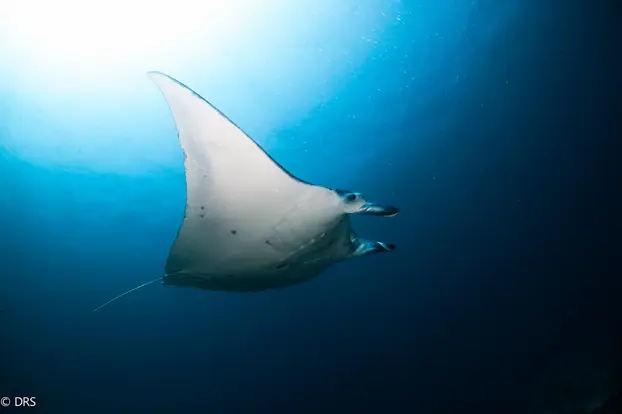
Exploring the Marvels of Komodo National Park
Exploring the Marvels of Komodo National Park: A Haven of Biodiversity and Natural Wonders
Nestled within the Indonesian archipelago lies a treasure trove of natural wonders – the Komodo National Park. Renowned for its unparalleled biodiversity and stunning landscapes, this UNESCO World Heritage Site attracts adventurers, nature enthusiasts, and researchers alike. Covering a vast expanse of land and sea, the park comprises several islands, each with its unique charm and ecological significance. In this comprehensive exploration, we delve into the depths of Komodo National Park, uncovering its rich history, diverse ecosystems, iconic inhabitants, and the conservation efforts that safeguard its pristine beauty.
The origins of Komodo National Park can be traced back to 1980 when it was established to protect the iconic Komodo dragon, the world's largest lizard species, found only within its confines. Designated as a UNESCO World Heritage Site in 1991, the park expanded its conservation efforts to encompass the entire ecosystem, including marine habitats, making it one of the most biologically diverse regions on the planet. Today, it stands as a testament to Indonesia's commitment to preserving its natural heritage and promoting sustainable tourism.
Komodo National Park comprises three main islands – Komodo, Rinca, and Padar – along with numerous smaller islands, islets, and marine areas. These islands are characterized by rugged terrain, volcanic landscapes, and pristine beaches, offering a striking juxtaposition of lush forests against crystal-clear waters. The park's topography ranges from rolling hills and savannahs to dense mangrove forests and coral reefs, creating a mosaic of habitats that support an extraordinary array of flora and fauna.
At the heart of Komodo National Park's allure is its unparalleled biodiversity. The terrestrial ecosystems harbor a rich variety of flora, including dry deciduous forests, savannah grasslands, and pockets of monsoon forests. These habitats provide refuge to an astonishing diversity of wildlife, from endemic species like the Komodo dragon, Timor deer, and orange-footed scrubfowl to rare mammals such as the Timor rusa deer and wild boar.
However, it is beneath the waves that the park truly shines, boasting some of the most biodiverse marine environments on the planet. The coral reefs here are teeming with life, hosting over 1,000 species of fish, 260 species of reef-building coral, and countless invertebrates. From vibrant reef fish to majestic manta rays and elusive sea turtles, the underwater realm of Komodo is a paradise for divers and snorkelers alike.
Of course, no discussion of Komodo National Park would be complete without mentioning its most famous resident – the Komodo dragon. Evoking images of prehistoric creatures, these formidable predators roam the islands in search of prey, relying on their keen sense of smell and deadly venom to hunt down their victims. Despite their fearsome reputation, these ancient reptiles are a vital part of the park's ecosystem, playing a crucial role in maintaining the delicate balance of nature.
Apart from the Komodo dragon, the park is also home to a myriad of other charismatic species, including the Timor deer, wild boar, water buffalo, and numerous bird species such as the yellow-crested cockatoo and the noisy friarbird. Meanwhile, the surrounding seas harbor an abundance of marine life, from graceful manta rays and reef sharks to colorful nudibranchs and tiny seahorses.
Conservation Efforts:
Despite its protected status, Komodo National Park faces numerous threats, including poaching, illegal fishing, habitat destruction, and climate change. In recent years, increased human activity and tourism have put additional pressure on the fragile ecosystems, prompting conservationists and local authorities to step up efforts to safeguard the park's natural heritage.
Various initiatives have been implemented to address these challenges, ranging from stricter enforcement of regulations and patrols to community-based conservation projects and sustainable tourism practices. Additionally, research and monitoring programs are underway to better understand the park's ecosystems and track changes over time, providing valuable insights for future conservation efforts.
Conclusion:
In conclusion, Komodo National Park stands as a beacon of biodiversity and natural beauty, offering visitors a glimpse into a world where ancient creatures roam free and vibrant coral reefs teem with life. From the iconic Komodo dragon to the kaleidoscopic wonders of the underwater realm, the park is a testament to the wonders of nature and the importance of conservation. As we strive to protect and preserve this unique ecosystem for future generations, let us remember the timeless wisdom of the Komodo dragon – adapt, evolve, and thrive in harmony with our environment.


